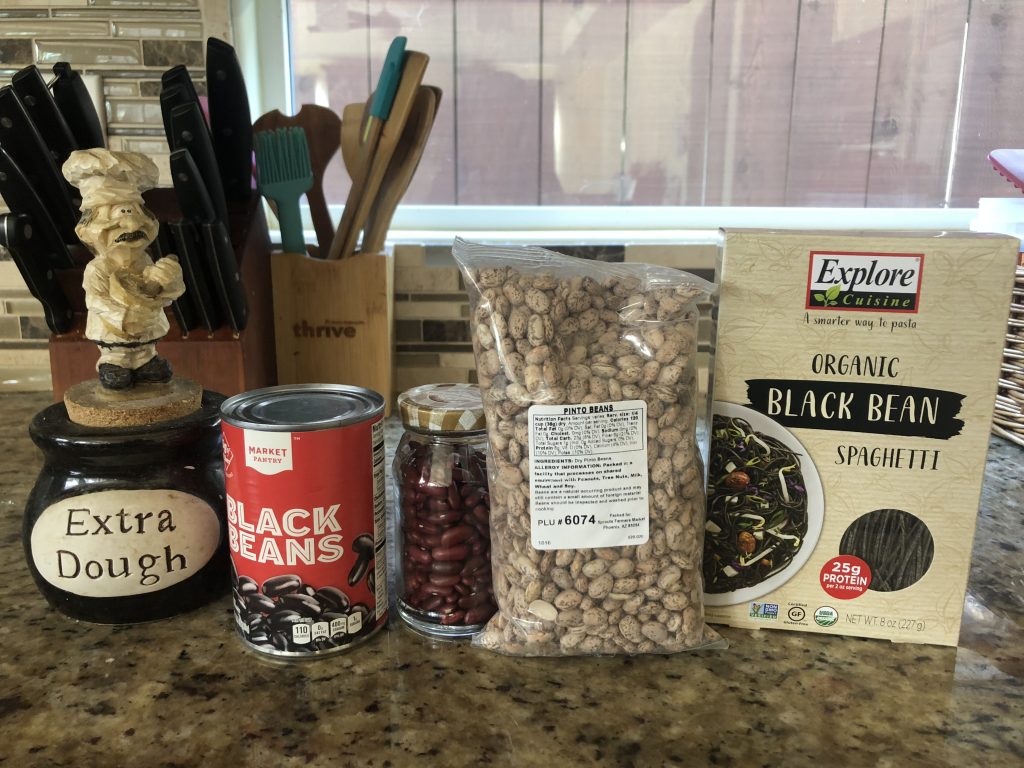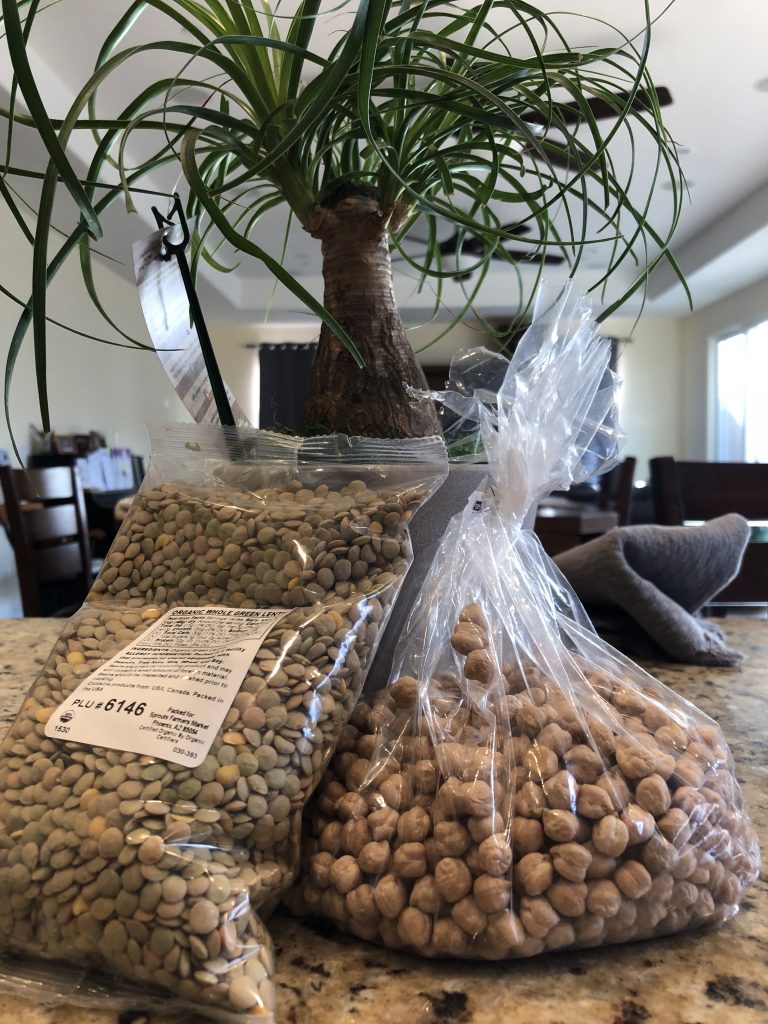Prevent Anemia: Baby Eat Beans

June 12, 2020
by drplasticpicker
One of the proudest professional moments of my life was during the year I was chief resident, the pediatric senior class at Man’s Greatest Hospital had a 100% pass rate on the pediatric boards. It never made sense to me that the hallowed institution that I trained at did not have 100% pass rate. Indeed the occupants of the chief residency position were known to make markedly less than 100%. But the year I was Chief Resident, the senior class had a 100% pass rate and I passed well over a few standard deviations as well. This was in large part because I had to delay my boards because I had a baby during Junior Year and made up some rotations. I took my exam with the senior class which was below me. So I studied with them. While I had more time and was studying and completed four years worth of PREP questions sitting in the the chief residency office, I created Pediatric Board Review power points from my notes. When there was any empty lecture time during Morning or Noon conference when the lecturing attending showed up late or the admitting team was stuck on the floor, I had multiple power points ready to go. I am proud of the legacy of that 100% pass rate.
But can you believe that in the entire 2015-2019 AAP Prep Questions there is only 1 question about iron deficiency anemia? This is the most common issue we encounter as general outpatient pediatricians and there is one question! Well this former Chief Resident and current Assistant Boss and now eco-warrior Dr. Plastic Picker is going will rectify this situation.
As a general outpatient pediatrician, you will encounter many specific opportunities to prevent anemia. I know you know how to treat anemia which is when you repleat a patient with oral iron at a dose of 3 to 6 mg/kg of elemental iron a day. This should be taken on an empty stomach and the stomach should have an acidic environment with either a bit of orange juice or lemonade or vitamin C supplements, which can increase iron absorption four fold in the terminal illeum. Iron therapy often requires 3-6 months of therapy to treat.
But what I never emphaszied during my Chief Residency Board Review is that PREVENTION IS KEY. OUNCE OF PREVENTION POUND OF CURE. This is what I have been saying to parents for years.
As a pediatrician, I know that iron deficiency anemia is the cause fo 50% of anemia is children aged 0 to 5. The highest rates of anemia are in the ages of 2 to 5 years of age. This is why the WIC program screens during this age, and many preschool forms ask for it anemia screening. There are well cited observational studies by the WHO that have conclusively shown that untreated iron deficiency even without anemia causes “irreversible detrimental effect on neurocognitive development.” Basically kids will take permanent hits on their IQ even after the iron deficiency is addressed. I remember reading this during residency, and during my regimented preventative counseling during the 4 and 6 month visits I address iron rich foods. Breastfeeding babies require iron supplementation with polyvisol with iron for any baby receiving breastmilk. Remember to wipe the teeth, as iron can stain baby teeth. Then at the 18 month and 24 month appointments, I pay attention to how much milk those children are drinking. The AAP Prep 2015 states “Excussive ingestion of cow’s milk, which contains only a minimal amount of iron, can lead to iron deficiency by decreasing the absorption from other foods and by causing small amounts of gastrointestinal blood loss.” Toddlers that are, what I labeled many years ago, “milkaholics” tha drink excessive amounts of milk are at high high HIGH risk of anemia. After I tell parents at the 4 and 6-month visit when I review iron rich complimentary foods and switching to baby mulitivitamin with iron, and after I remind 18 and 24-month visit parents to watch the amount of milk consumed, is that it’s much cheaper now to make sure they eat iron rich foods and they’ve added a few hundred extra points on their kids’ SAT scores. I look at their beautiful children and these young parents, and tell them – our goal is UC Berkeley people. For some reason this works.
My own daughter is at high risk for anemia now, although she has never been anemic. The reason why is that she is at that rapid growth phase and is a girl that suffers blood losses during her menstruation. The RDA for iron is 15 milligrams per day for teenage girls. Iron is found mostly in meat and poultry, leafy green vegetables and enriched cereals, breads and grains. Lentils, tofu and spinach.
So Dr. Plastic Picker will channel by former Chief Residency Persona, and break it down for the younger classes below me. Prevent anemia at all stages of life, and advocate for the consumption of beans. Also try to ensure kids don’t waste calories on processed foods which are notoriously nutrient-poor https://drplasticpicker.com/taste-bud-dysfunction-lets-dial-down-the-salt-and-sugar-in-snacks/ and prevent the overconsumption of milk.
That is it. And below is the iron content of foods that are generally better for the environment as well which you can buy at a bulk-food grocer with very little plastic packaging. Because this is an environmental blog and what we eat effects the earth. And here is my disclaimer, “I am passionate about the environment and children’s health. Here is general advice that is delivered in tongue-in-cheek, entertaining blog format. This is not meant to be definitive and I always ask you to use common sense, and also if you are MY PATIENT (although most of my patients under four can’t read) this blog is for entertainment purposes and environmental advocacy only – so please go through normal procedures to contact me at the office through the patient portal.”
Random Iron Rich Foods In Our Pantry
- Organic Green Lentils (Dried): 3.3mg by 1/2 cup
- Organic Garbanzo Beans: 4.7mg by 1/2 cup
- Red Kidney Beans (Dried): 3mg per 1/2 cup
- Black Beans (Canned): 2mg per 1/2 cup
- Pinto Beans (Dried): 2mg per 1/2 cup
- Organic Black Bean Spaghetti: 5mg per 2oz servings
- Oatmeal (Rolled Oats): 1.5mg per 1/2 cup dried
- Beyond Beef Ground “Beef”: 4mg per 4oz
- Chia Seed: 1.2mg per 15g (1 tablespoon)
- Flax Seed: 0.9 mg per 15g (1 tablespoon)
Source of Heme-Rich Iron. Which is not as good for the earth. If you eat remember about 3oz daily is enough. Remeber to get some orange juice or lemonade fterwards.
- Lean Ground Beef: 2.2mg per 3oz patty
- Ground Turkey: 1.1mg per 3oz
Here is a great comprehensive resource of iron richs foods that can be eaten on a vegetarian diet. https://www.vrg.org/nutrition/iron.php

